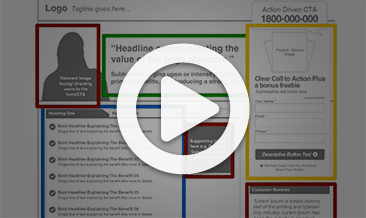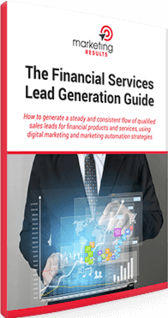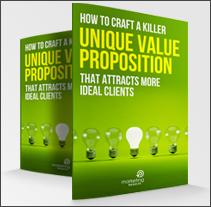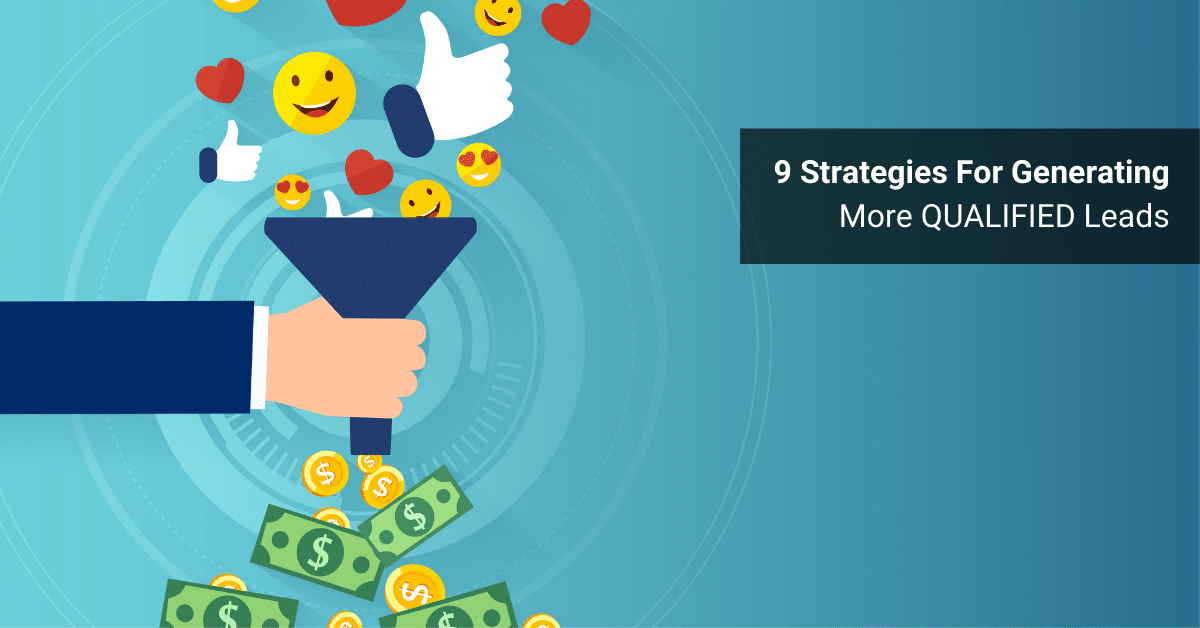
I recently had a conversation with a man whose business was failing because he was generating too many leads.
He was getting over 50 sales enquiries per week for his custom design services.
The problem was that he was only closing 1 out of the 50 enquiries… and that wasn’t enough to power a good business. In fact, it wasn’t even enough to pay the bills.
He would have been better off with just 10 leads a week. Maybe with more time and attention to each sales opportunity, he might have closed 3 or 4 sales, building a very profitable business in the process.
Because let’s not lose sight of the true purpose of lead generation:
The Goal Of Lead Generation Is To Drive Revenue And Profit
Measuring and optimising lead volume is worthwhile, but only in your quest to drive more of what you really want: new customers, revenue and profit.
That being said, if you’re going to be generating inbound sales leads, you may as well drive qualified leads that maximise the value of your salespeople’s time and resources.
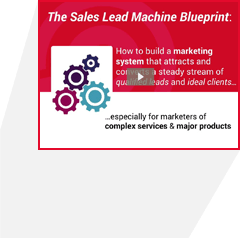
These 9 tactics will help in that pursuit:
1. Know What A Qualified Lead Looks Like When You See It
It might be humdrum, but your whole organisation needs to know what a qualified lead looks like.
Everyone must agree and understand. Your qualified lead definition doesn’t have to be complicated.
Here’s the definition we use:
- Owner or ultimate decision maker at a privately held company with $1 to $10 million in annual revenue.
- Annual digital marketing budget of $50K – $600K
- Been in business at least one year – not a startup
- Has a lead-and-sales process – not e-commerce
- Motivated to take action in the next 3 months
- Pleasant to deal with – not rude, bombastic or arrogant
Granted, it’s not always possible to know all these things very early on in the sales process, but these items do serve as a useful guide right from the get-go, and ensure we remain focused on the end goal.
2. Craft An Effective Unique Value Proposition
Qualified lead generation starts with your marketing process. And the bedrock of your marketing is a compelling Unique Value Proposition (UVP).
This is a term that is widely misunderstood and even less commonly actioned, but by UVP I mean “that distinct, appealing idea that sets you apart from every other ‘me too’ competitor”.
We even have our own process for formulating value propositions that sell.
UVPs are so valuable because they tell the prospect why they MUST deal with you. They knock out most of the competition before the sales process even begins.
And they set you up for a very relevant and focused conversation with the prospect.
Here are a few SMEs that are doing it right:
Direct SMS is a business SMS service that offers their predominantly SME client base enterprise-level features and support, without the bloated overhead and costly account-management structure of more expensive alternatives.
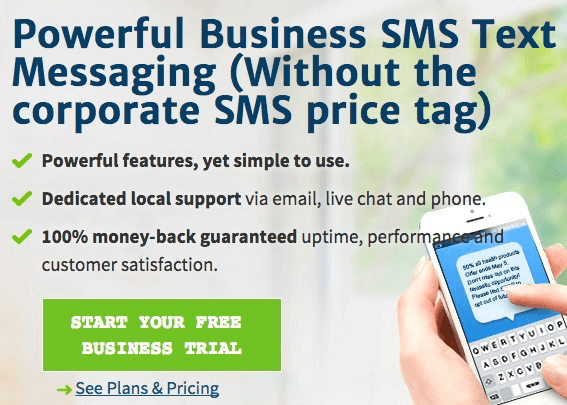
Trilogy Funding is positioned as “The Property Investor’s Mortgage Broker”. If you’re a property investor, you automatically feel you’ll get a better outcome speaking to Trilogy than you would speaking to a generalist.
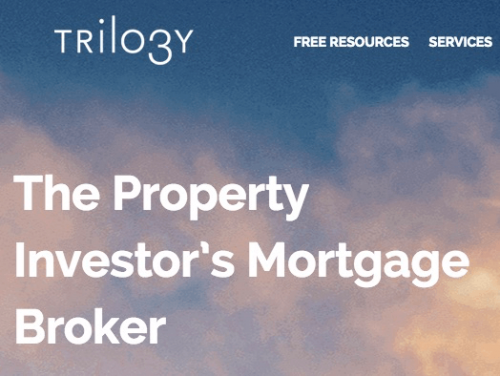
How’s your UVP?
A good acid test is to open your website homepage and answer the question: “Is it immediately obvious how we’re meaningfully different and superior to other alternatives in the market?”
3. Use Education-Based Marketing To Warm Up Leads BEFORE You Speak With Them
This is key.
Especially if you sell something high-ticket or complex, it’s hard work educating each and every prospect about the intricacies of how you’re different and how you add value – not to mention time consuming.
That’s where opt-in marketing, lead nurturing and marketing automation come in.
These tactics not only add value to prospects, but they allow them to do their homework and self-select your company before they speak to you.
We use education based marketing extensively with our clients.
Here are a couple of examples:
SMSF Property Capital uses free reports and other lead nurturing strategies to pre-educate prospects on their business model prior to initiating a sales conversation.

Specialist technology marketing agency Technoledge has published The Australian Technology Marketing Blueprint, containing very specific methodologies to help high-tech companies with $5 mil to $50 mil in revenue succeed in competitive markets.
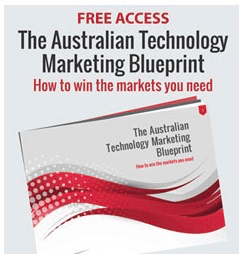
4. Invite Prospects Into Your Frame
“Framing” is a concept originating in Neuro Linguistic Programming (NLP).
In this context, framing means getting a prospect to see their problems and their potential solutions through a lens or viewpoint that supports the sale.
How do you do this?
One way is to create unique language or unique frameworks that you own in the mind of the prospect.
For example, earlier I referred to the Conversion Kaleidoscope – this is a framework that we created for creating Unique Value Propositions that attract and convert the most profitable customers in your market.
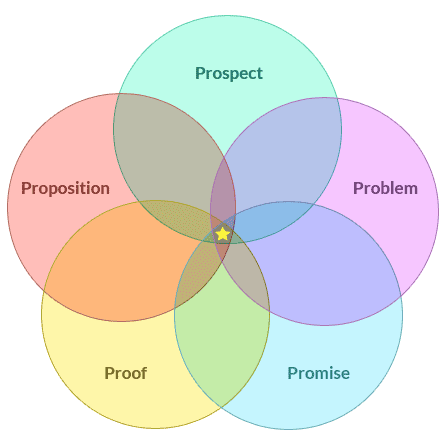
My hope is that if you find this useful, you’ll start to use this tool and think in terms of this framework and language.
Once you do this, the natural next move is to continue the conversation with us, rather than someone else. (It’s difficult to call another agency and say, “I’d like some help with our Conversion Kaleidoscope”.)
Another model we use is the Sales Lead Machine Blueprint – a method for architecting and sequencing sales funnels that drive a steady and consistent pipeline of ideal customers and clients.
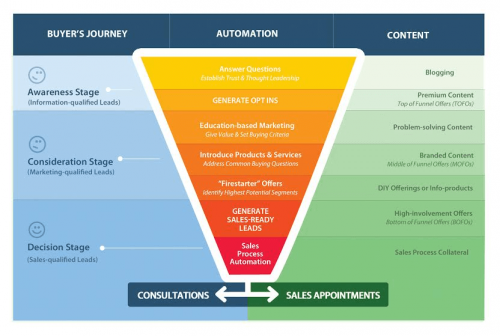
A prospect who has absorbed and understood this framework is naturally more aligned with doing business with us than with someone else because we’re already singing from the same song sheet.
5. Create “Flaming Hoops” For The Prospect To Jump Through

(Note to self: I can finally tick off “using an image of a cat diving through a flaming hoop as a blog post image” from my bucket list).
One of the best ways to create highly qualified leads is to make the prospect overcome obstacles or barriers before they are allowed to buy from you.
You see this in big ticket coaching sales, where you are often asked to “Apply” for the program.
Application processes are aimed at making the prospect qualify themselves to you and convince themselves in the process.
Another tactic is to charge an Application Fee, Diagnostic Fee, or Initial Consult Fee in order to gain access to your services.
Anyone who pays for any of these things is usually highly qualified to spend more with you, because they’ve already put their money where their mouth is.
This being said, “flaming hoops” are hard to get right.
It’s easy to set up flaming hoops that no-one wants to jump though. That’s just a waste of flaming-hoop propane gas. 🙂
You usually need an “ecosystem” of marketing tools surrounding your flaming hoop offers to make them work effectively.
6. Control Supply And Demand

When I lived in Japan back in the early 2000’s, I took a day trip to Nagasaki.
Many regions in Japan are famous for local delicacies, with one of Nagasaki’s claims to fame being castella sponge cakes.
It seemed like every third shop in the tourist strip was a castella shop.
There were many more sponge cakes than tourists, but I was intrigued by one shop that had a L-O-N-G line of customers waiting patiently outside for opening time.
Well at 9am the shop opened and the customers started filing into the shop, often picking up a dozen or more cakes, paying their money (at prices approximately double the norm), and walking out.
By 10.15am, there was a SOLD OUT sign hanging on the door.
It turns out that not only was this shop famous for castella cakes, but they also made it widely known that only 800 cakes would be made per day.
Hence people arrived early with their wallets out ready to BUY, despite the higher price.
You don’t have to be selling products to use this strategy.
Many service providers have a limited team and capacity, and can logically claim that they are restricted as to how many customers they’re able to take on at a time.
The more you control perceived supply and demand, the greater control you’ll have over the sales process.
7. Tell Your Audience Who You DON’T Work With
Telling your audience who is NOT a fit for your products or services serves two purposes:
- It removes people who you can’t or don’t want to help from your sales pipeline, freeing you up for those you can help.
- It increases desire in those you can help by creating a strong sense that “this IS for me”.
Here’s one of the ways we do this on this page:
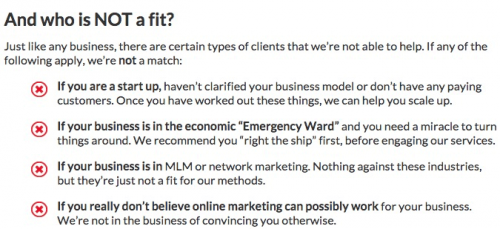
8. Disclose Price In Advance
Many marketers are shy about revealing the price of their products or services prior to the sales process. Often this is because they’re nervous about being more expensive than competitors. Or maybe they don’t want to talk price until they get a chance to talk value.
I favour disclosing price in the lead generation phase, for several reasons:
- Price is a useful indicator of the scale and scope of your solutions. It communicates to your prospect, “we’re in the same ballpark”.
- If your price is unusually high, you get a chance to talk value and acclimatise the prospect to your pricing.
- If you can disclose price and sell value, then your sales conversations can be more about “mutual fit” and less about wrangling over price.
- Disclosing price tends to shorten your sales cycle. If the prospect already knows roughly how much they’ll need to invest, then price objections will be eliminated or at least greatly reduced… and the prospect may have mentally earmarked the funds they’ll need before speaking with you.
Premium pricing doesn’t have to be a problem. The ultimate outcome is to make doing business with you into an aspirational goal.
For example, it’s not unusual to hear of people who have a goal of one day owning a $500K Ferrari.
The investment ($500K) is a known part of the transaction and may actually fuel the efforts needed to fund the purchase.
The same concept can be used by smaller brands. Is it easy? No. But it is possible.
9. Track Precisely Where Your Most Qualified Leads Come From
These days, more and more marketers know the importance of website conversion tracking and understanding what’s working and what’s not.
“Cost per lead (CPL)” is a common success metric, but sometimes a far better number to track is “Cost per qualified lead (CPQL)”.
One of our clients, a consulting firm, found that certain keywords in Google Ads drove an extraordinary lead volume for their services at a low cost. Yet their sales plateaued.
When we changed our focus from Cost Per Lead to Cost Per Qualified Lead, we found that these supposedly “low cost” keywords were in fact up to 5 times more expensive than alternatives when evaluated on a cost per QUALIFIED lead. They were driving a lot of junk.
Qualify Leads… But Be Careful Not To OVER-Qualify Leads
The above 9 strategies are useful for improving the quality and conversion rate of your inbound sales leads… but let’s not lose sight of the goal: to maximise sales.
It’s also possible to over-qualify leads too early in your sales process, resulting in fewer sales.
Some time ago a prospect called us on the phone looking for help fixing a landing page that was displaying incorrectly.
It would have been tempting for the person answering the phone at our end to explain that we don’t usually help with very small projects… but she was able to recognise that although the prospect’s initial enquiry was very narrow, the company otherwise met with our definition of a qualified lead.
I ended up having a conversation with the management team and determined that there were far deeper problems that needed solving, and that there was budget to solve them.
We ended up doing $56,000 worth of business in the next 6 months.
That’s where we come full circle – you need to know EXACTLY who you can and can’t help, and align your sales and marketing processes around that definition, in order to generate maximum results with minimum effort.

